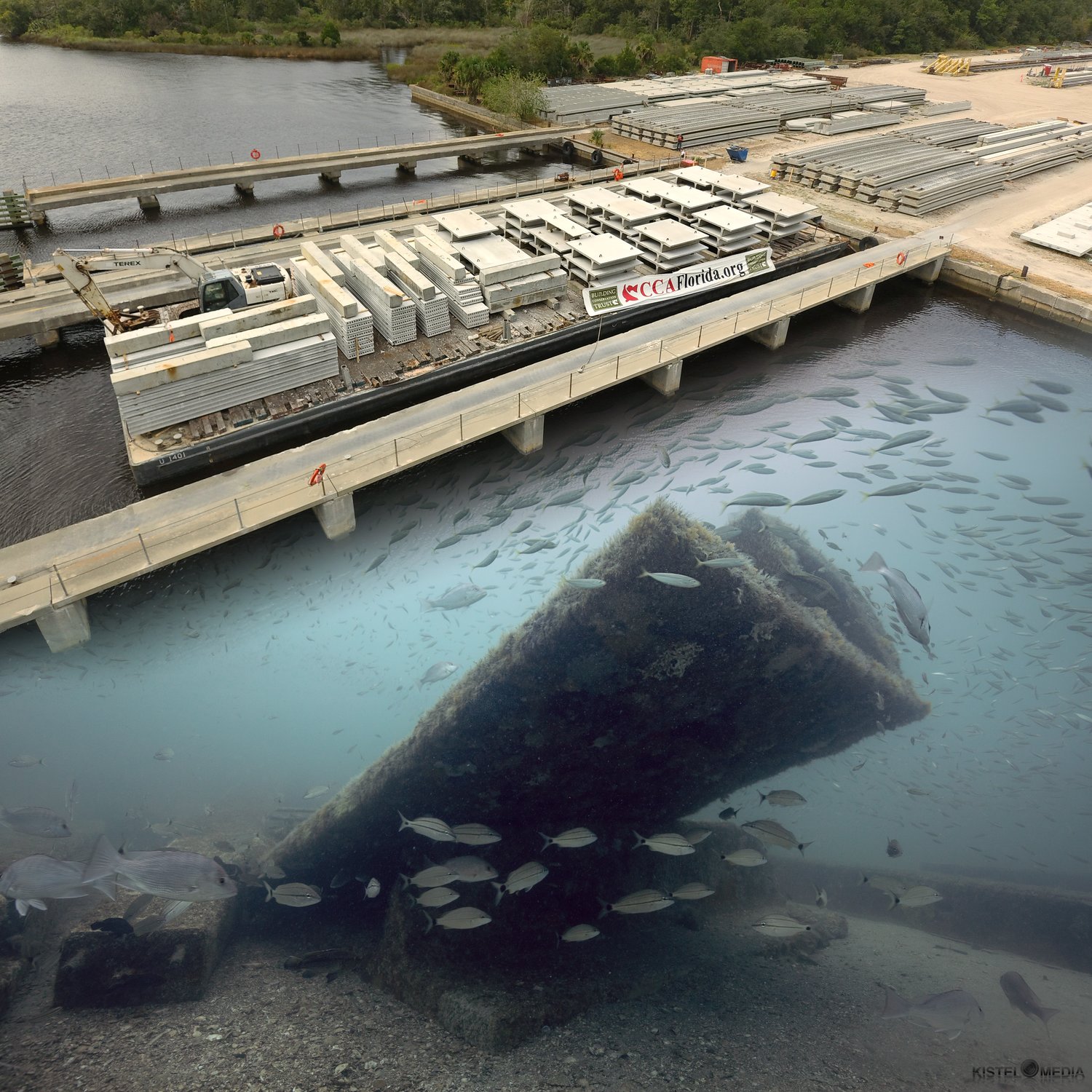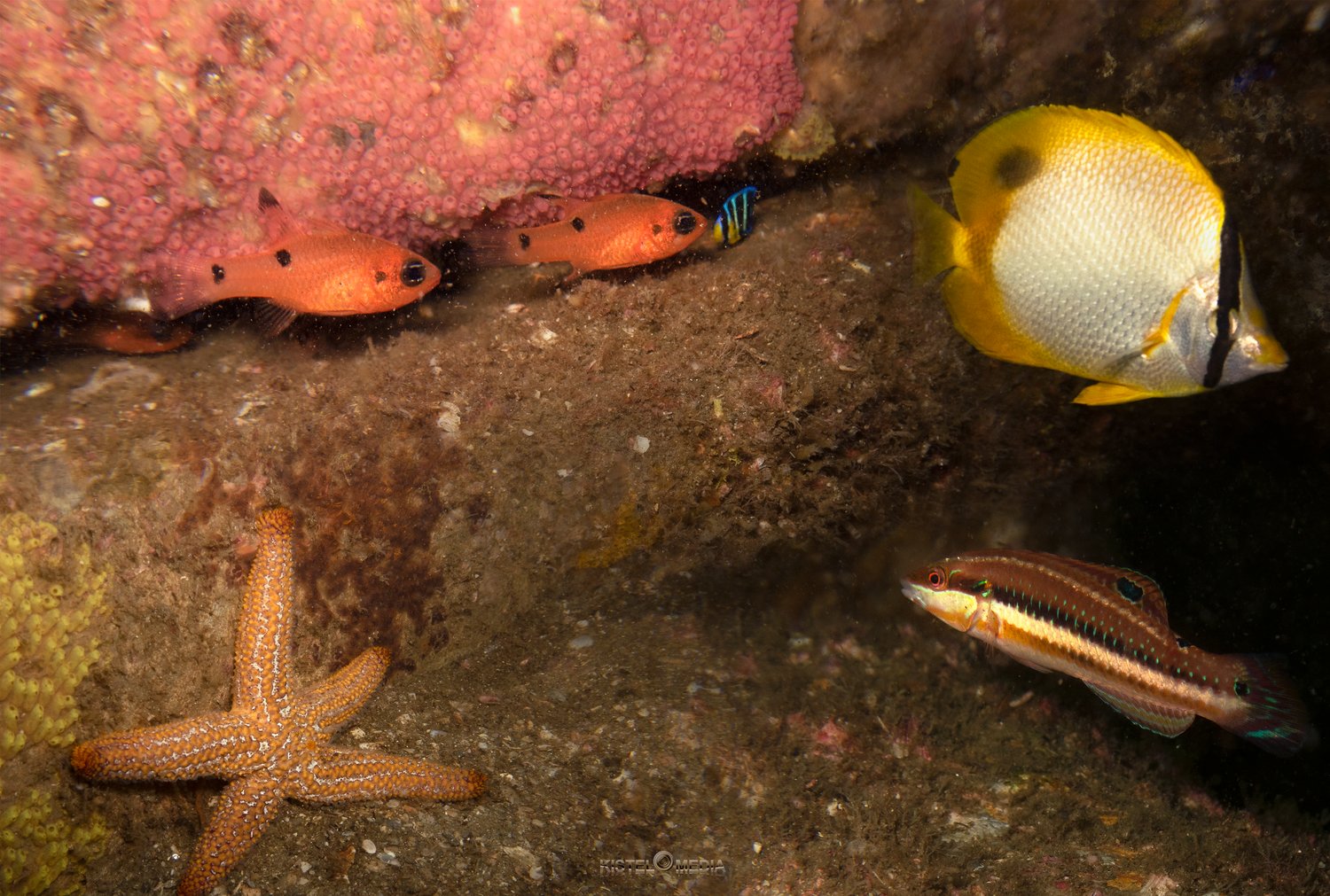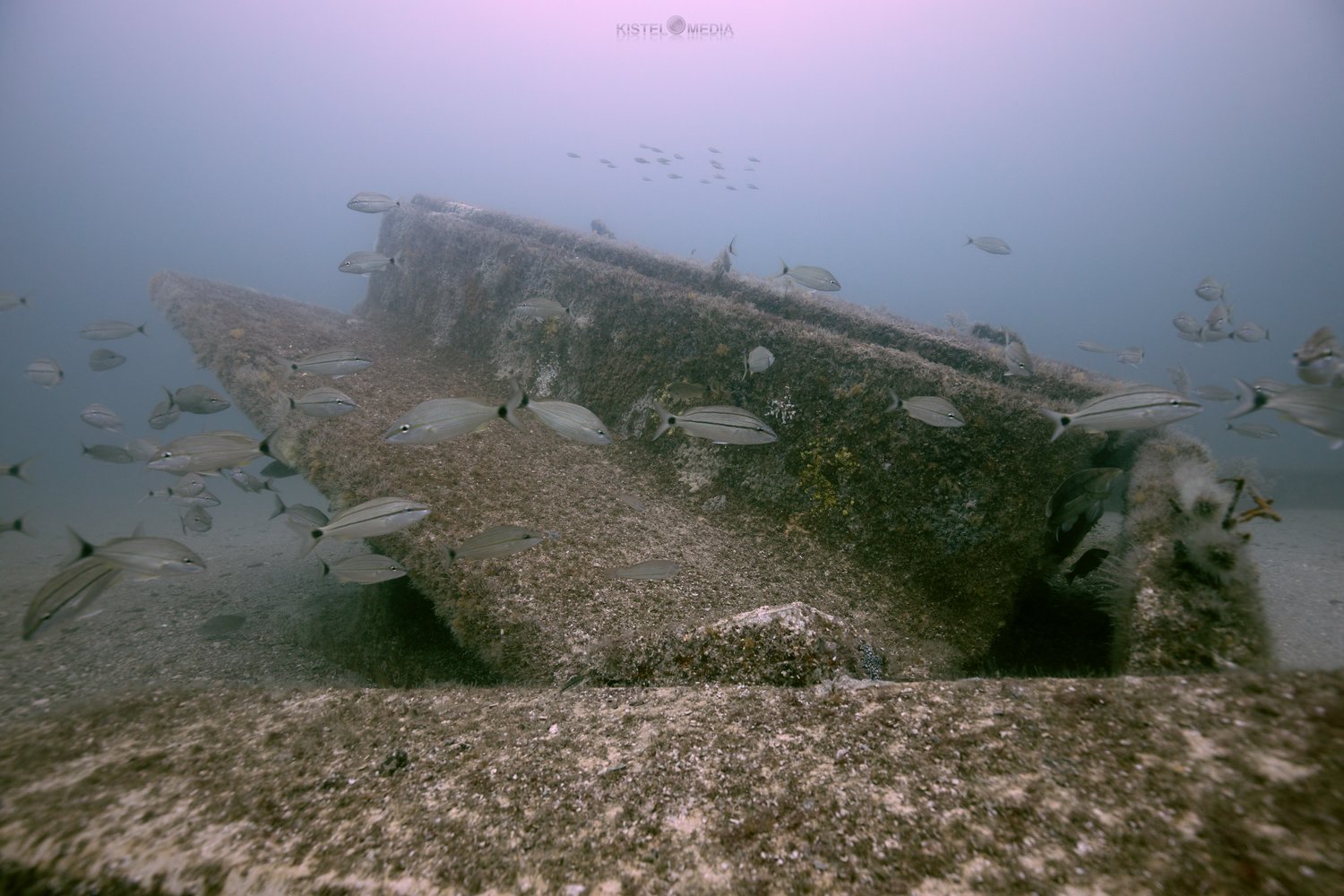‘Think It, Sink It, Reef It’
Nonprofits TISIRI and CCA helps sinks artificial reef Starship off coast of Mickler’s Beach
Naturally, the topography of the sea floor near the coast of Northeast Florida could be considered a massive underwater desert. Sand, stretching for miles, as far as the eye can see.
What it lacks visually, it makes up for in potential. Since 2008, the nonprofit group, TISIRI Corp., has been turning trash into a treasure chest of life and watching it grow. TISIRI stands for “Think It, Sink It, Reef It,” and prides itself with focusing its effort on reef creation, environmental conservation and marine awareness. About 10 reefs have been constructed using materials ranging from discarded concrete pilings to deteriorating ships, which are now home to a conglomeration of bustling life.
“We can use clean concrete or clean metal,” executive director Joseph Kistel said. “The projects we like to do is to recycle things because there is actually quite a bit of material out there that is otherwise going to go to waste.”
Last year TISIRI was contracted by the Coastal Conservation Association to help with the construction of an artificial reef off the coast of Mickler’s Beach, in an area called Floyd’s Folly. Two barge loads of 1,500 tons of rock went into the construction of two 200 by 100 foot piles of underwater rubble, named Starship reef. Starship will celebrate its one-year birthday in October.
Kistel said the creation of the reefs not only provide an entirely new thriving ecosystem, but help to elevate North Florida’s biggest industry — tourism.
“Not only are you creating this area that is benefiting marine life and the ocean’s ecosystem, but at the same time you're creating a recreation area for people,” Kistel said. “Now that there is marine life there, people are scuba diving, taking pictures and fishing. You're literally creating a destination. It's really a win-win.”
Kistel said that as soon as a few hours after deployment, fish can be seen making their home on the structures. Within a year, hard coral and sponges will have begun development, bringing a vast array of species with them.
At a recent eight-month dive at Starship, Kistel said he observed juvenile fish just hatched from a larval stage, giving indication that the fish had arrived from coral recruitment.
Kistel said the project would not have been accomplished without outside funding from the CCA and Shell Oil, help from Dames Point Work Boats and concrete donations from Lamb’s Yacht Center.
“(The Starship) is a perfect example of how these reefs get done,” Kistel said. “It gets done without the support of the counties, which is very frustrating. That whole project was funded with no contribution from Duval county.”
Particularly, Kistel is concerned about the lack of maintenance for the reefs. For years, boats, divers and fishermen use the reefs recreationally without any programs designed to clean them afterward. At a recent reef clean up event sponsored by TISIRI, Kistel said his crew found miles of accumulated fishing line and even strangled marine life like sea turtles. Currently, there are no programs in effect to care for the reefs on our coasts.
“It’s one of those situations that is out of sight, out of mind,” Kistel said.
To curb the environmental devastation to the reefs, TISIRI has begun the Sea Saver program, which they are currently trying to scale up to meet the needs of local reefs.
“In addition to creating the reefs we think (preservation) is just as important, if not more so,” Kistel said.
The next reef the team is putting together will consist of an old tugboat, which they are painstakingly cleaning inside and out before sinking it at Harm’s Ledge by the east Jacksonville inlet near Mayport. Prior to hitting the sea floor, the tugboat must be thoroughly inspected by the Coast Guard and cleaned of oil and any material that is not metal.
Flushed and left bare boned, the project hopes to be a destination for not only fish but for fishermen and explorers interested in the new ecosystem. For the tugboat and all the other artificial reefs afterward, the bottom of the ocean will not so much be a watery grave but a chance at a second life.
For more information on TISIRI, visit tisiri.org. Additionally, the team hosts a YouTube channel of video footage of the underwater reef projects at www.youtube.com/c/UWSTAUG.












